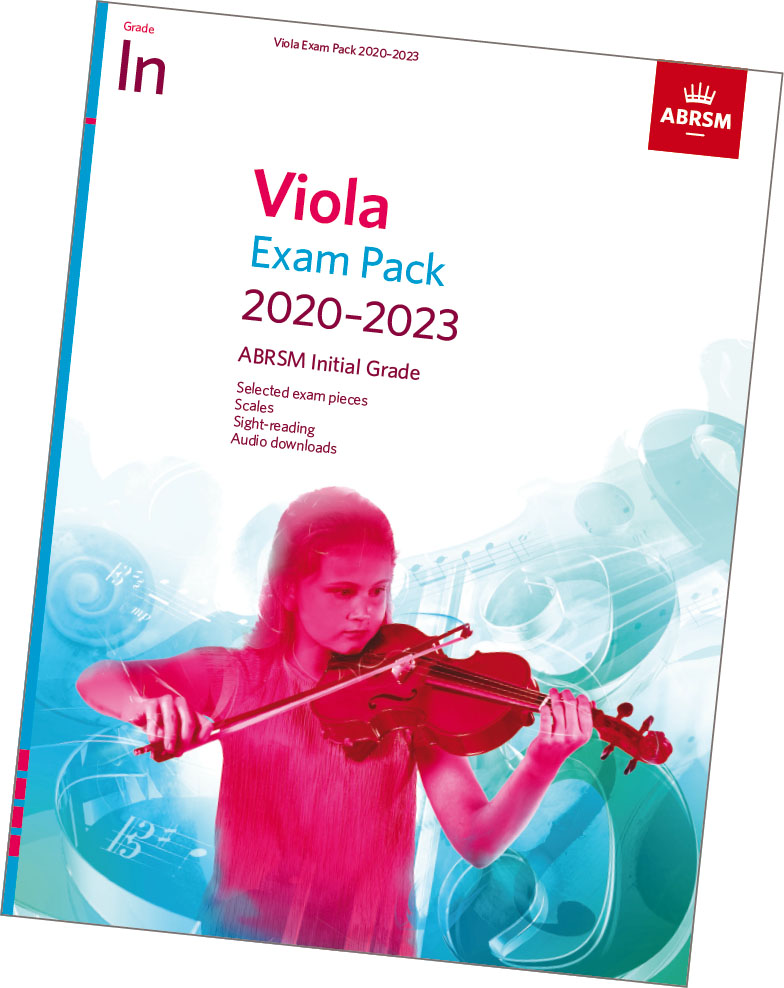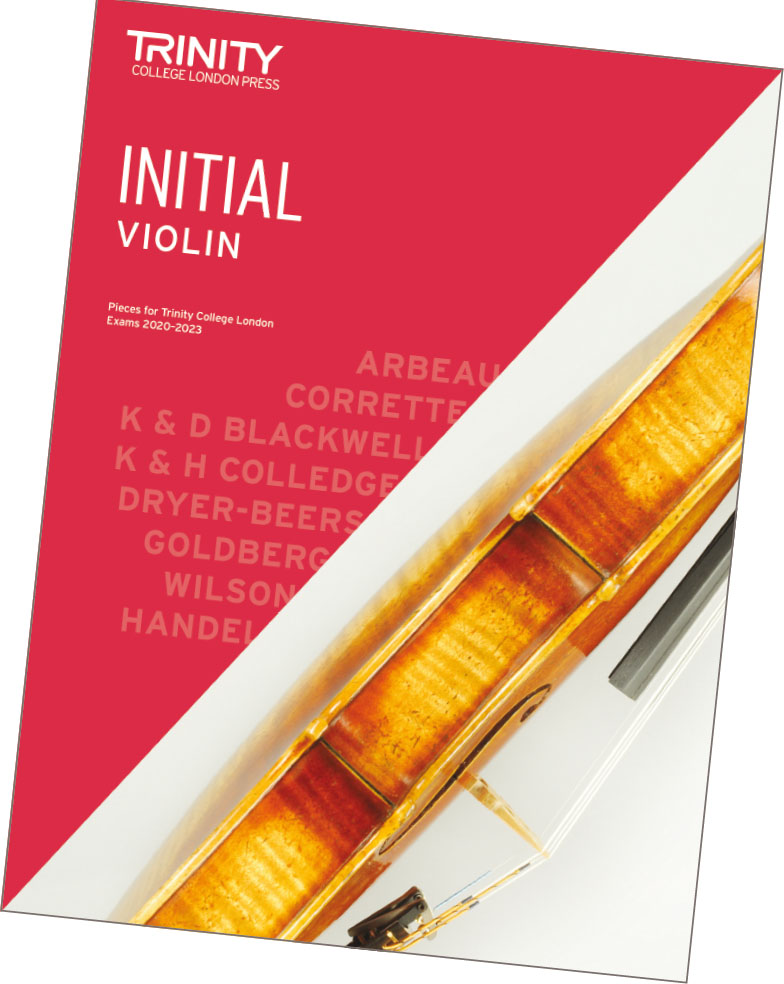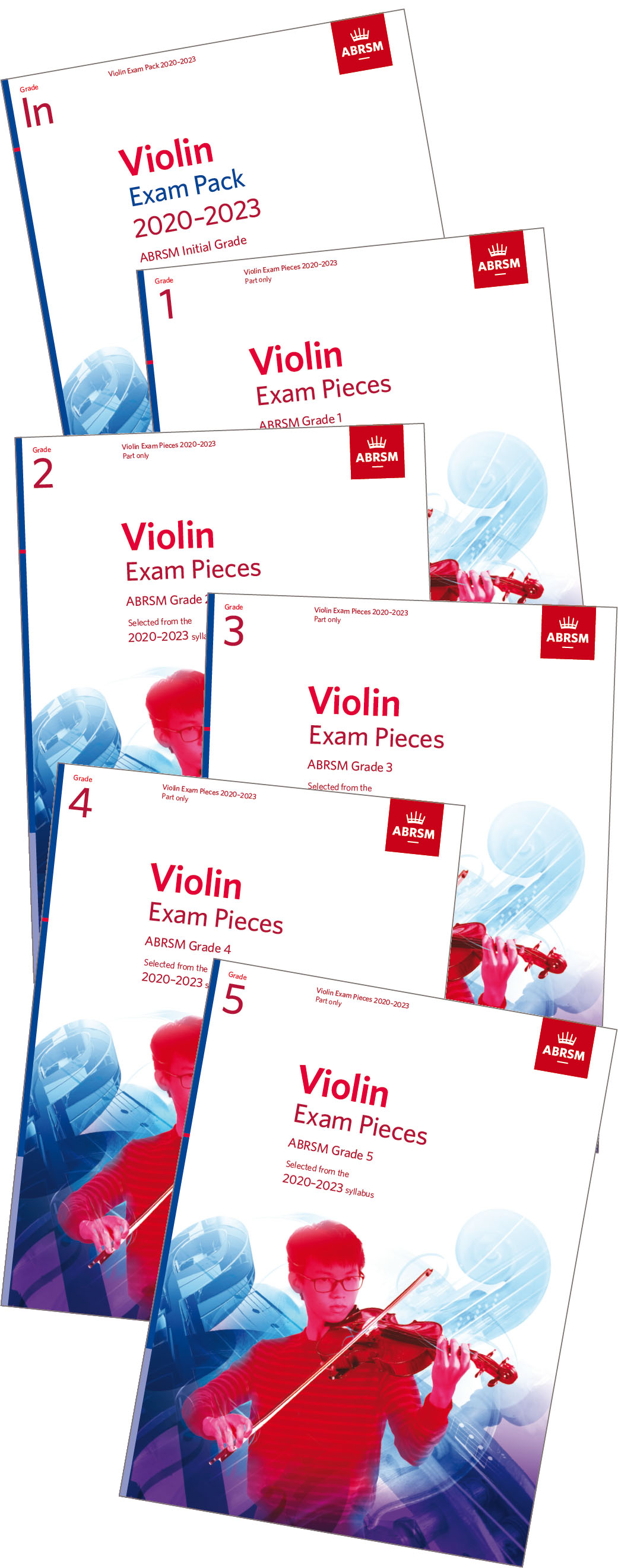
Three years seem to pass quickly when you consider all the work that goes into producing a new syllabus or, if you are a teacher, the process of familiarising yourself with it. With the freshness of 2016's violin material gone but not forgotten, 2019 sees the publication of new syllabuses for all bowed strings by the two major exam boards. Fortunately, all the supplementary tests remain the same but both boards have made significant changes to the repertoire lists.
Playing together
Front of mind is how much string teaching is delivered to groups and even mixed ensembles rather than always being given on a one-to-one basis. Philippa Bunting, learning and qualifications director at ABRSM, says: ‘We wanted to create something that fits in with both whole class provision and the specialist string programmes that lots of places have – schools and junior conservatoire departments – where kids are learning with all four instruments present at once. I think there have often been frustrations around the fact that there is no syllabus available for those people because they have to learn different pieces in all sorts of different keys. We were looking to provide something that was not only good in its own right but that would be possible to use in those situations.’ Andrew Hatt, qualifications development manager at Trinity College London, concurs: ‘We wanted to reflect group teaching and there is actually a series of books published by Trinity called Take Your Bow, which covers all the bowed string instruments so we selected a number of pieces from that which can be learnt together.’
A glance at the repertoire lists reveals that this approach to collective exam preparation is supported by both boards at Initial level and by Trinity at Grade 1 level as well. Double bass students and teachers are catered for in just the same way as their shorter-stringed counterpart practitioners. Bunting acknowledges that this isn't perfectly straightforward but says, ‘We found the overlaps in the early stages by just making slight amendments. It's something that people in the Sheila Nelson tradition have been doing for years of course! At the very early stage that sense of togetherness and being with other string players is really important, the feeling that you are part of that wider group, so we've tried to harness that for our double bass players!’
The focus on playing together doesn't stop with the new provision for group learners but seeks new ways to ensure that young students are able to learn their pieces with an accompaniment. Both boards recognise that some teachers might not play the piano or have access to one for their lessons and might usually provide a duet accompaniment on their own instrument. For Siobhán Reidy, learning and qualifications manager at ABRSM, it's about recreating the lesson situation in the exam room: ‘It's the reassurance of having your teacher there, and making music in a non-formal context is often with another string instrument, not necessarily the piano.’ Bunting is quick to point out that it is possible to do the entire exam with a duet partner rather than a piano accompanist, ‘partly for the sake of the choreography during the exam but we also thought that if it's valid, then it must be valid across all the pieces.’
String specific
With the inclusion of duets at Initial to Grade 3, both boards are showing their recognition of the importance of hearing and seeing the instrument played well in order to develop the sound and skills unique to string players. Although developing technique is implicit in good teaching, Trinity takes a more instrument-specific approach for its exams than ABRSM. Young string players are required to play their scales with bowing patterns or bow strokes appropriate to the level and then to demonstrate further technical work, either with a study at Grades 1 to 5 or with an orchestral excerpt. Julia Martin, head of development at Trinity, explains: ‘We don't just get people to do technical work that builds dexterity and knowledge of harmony and scales but we also want to encourage people to know how use their bow correctly, how to be comfortable playing in various positions on their instrument, and so on.’

ABRSM's new Initial Grade should incentivise younger learners
Online resources
Both boards are keen to highlight the new online resources around technical work and repertoire. Alongside recordings of some of the pieces, Trinity has created playlists on Spotify which include different versions of the same pieces, as well as a series of videos of young professional musicians designed to inspire. ’One of the things that teachers said to us was that they wished they had the time to help students explore and listen to repertoire more widely. The playlists are to there to help people hear a range of different versions and start to think about playing styles and an interpretation that works for them,’ says Martin. ‘A lot of these supporting resources aren't just about respecting the academic nature of the syllabus but to start to put learning an instrument into a wider context. They are just about bringing the syllabus to life – trying to make it a bit more creative and inspiring.’
ABRSM has a whole range of apps to help with practice. Violin Practice Partner is a simple way to make practising pieces for an ABRSM exam more enjoyable. The app allows you to listen to a full performance, play along with the violin part as you practise, or perform with the recorded piano accompaniment. Pieces from the new Violin Exam Pieces (Bowed Strings syllabus 2020–2023) are now available to download. There's also Music Case, a free practice app for students and teachers that helps students understand the progress they are making over time, increasing their motivation to keep learning and practising. Teachers can connect to their students and get a view of their students’ practice activities.

Trinity has made Spotify playlists to help young learners find their style
Wider choice
In terms of repertoire, the characteristics of the two syllabuses remain the same in that ABRSM has clear requirements for candidates to choose one fast piece, one slow or expressive one and a third which demonstrates a lighter or more characterful side to their playing, and Trinity allows candidates more flexibility in that they choose two pieces from one list and one piece from the other. This means that if they wanted to they could omit, say, slow expressive music or Classical music – the idea being that the candidate covers everything through their programme of learning but that they are allowed to play to their strengths for exams. The change is that both boards have significantly increased the number of pieces to choose from at each Grade. Trinity lists now include around 12 pieces, making for 24 per Grade, and ABRSM has upped its selections from six to ten pieces per list, which means 30 pieces per Grade.

The ABRSM violin syllabus has only kept a small selection of pieces from the previous syllabus
If the choice seems a little daunting, imagine the process of selection! Bunting talks me through it: ‘We consulted far more widely than we have previously. We were looking for a wide set of initial selections and had a team of 18 consultants working on it. We must have got through over 3,000 pieces and we had 20 days’ worth of moderation meetings. The thinking behind the changes in the list structure was that we wanted to provide a wide choice. You play music with a real sense of personal investment so we wanted to enable students to find pieces they could present confidently and with intent.’ With such a lot of repertoire included, is there any repetition from the last syllabus or recent years? ‘There are some familiar faces in there, and they're there to provide continuity with the past because they're just great pieces that people learn a lot from playing; they really teach you how to play the instrument properly. We haven't thrown out any old favourites in that sense! And by having a longer list we have been able to put a lot of choice alongside them. For violin, it's almost 100% change, with only 12 out of 270 pieces repeated from the previous syllabus. With viola, cello and double bass, it's a change of 80% plus.’
Young learners
Let's face it, Grade 1 is a substantial achievement on a string instrument and the number may not correspond to the number of years it takes to get there. When children are also learning how to read, how to concentrate – really, how to learn – it is quite common for it to take at least two years’ worth of individual lessons to reach the standard required. Hence the chorus of relief around the country and the worldwide ABRSM community when it emerged that the board was to emulate Trinity in offering Initial Grades for strings, and the hope is that many more children will persevere with learning as a result.
Naturally, there is far more that unites than divides the two boards and although this is not meant to be a comparison feature, it is nice to note that both are working as hard as ever to keep young people engaged with learning their instrument. Rigorous standards of musicianship are still the hallmark in both cases but the message is, engage, enjoy and express yourself!




